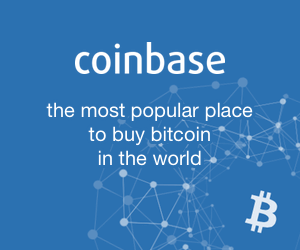The price of bitcoin, the largest digital currency, resided at just over $6,800 on April 10th, but a recent rally had the cryptocurrency trading above $8,200 during U.S. trading Thursday. Even with that significant rally, some market observers believe bitcoin has not reclaimed prices where mining the digital currency is profitable.
In a note out Thursday, Morgan Stanley said it believes the break-even point for bitcoin miners is $8,600.
“We estimate the break-even point for big mining pools should be US$8,600, even if we assume a very low electricity cost (US$0.03 kW/h),” said Morgan Stanley equity analyst Charlie Chan in note cited by CNBC.
Shares of Taiwan Semiconductor Ltd. (NYSE: TSM) slumped 5.7% on volume that was more than triple the daily average Thursday after the company expressed concern about the uncertainty of cryptocurrency mining.
The company pared “its 2018 revenue guidance to 10 percent growth from 10 to 15 percent based partly on uncertainty in cryptocurrency mining demand. Morgan Stanley estimates about 10 percent of the giant Asian chipmaker’s revenue now depends on cryptocurrency mining demand,” according to CNBC.
Other Mining Estimates
Earlier this month, it was reported that Taiwan Semiconductor rival Intel Corp. (NASDAQ: INTC) is looking to produce a hardware application aimed at improving digital currency mining cost efficiencies.
In a recent United States Patent Application, California-based Intel revealed plans for a unique hardware application dedicated to bitcoin mining. Intel originally filed a patent application for what is being deemed a Bitcoin mining hardware accelerator in September 2016.
Various estimates for the break-even point for bitcoin mining range from $8,000 to $9,000. Miners often work together to improve efficiencies, but as more players enter the game, the uncertainty of positive outcomes also increases, potentially diminishing mining profits.
In fact, Morgan Stanley said even if bitcoin prices remain flat in the second half of the year, mining profits could be crimped, according to CNBC.




















